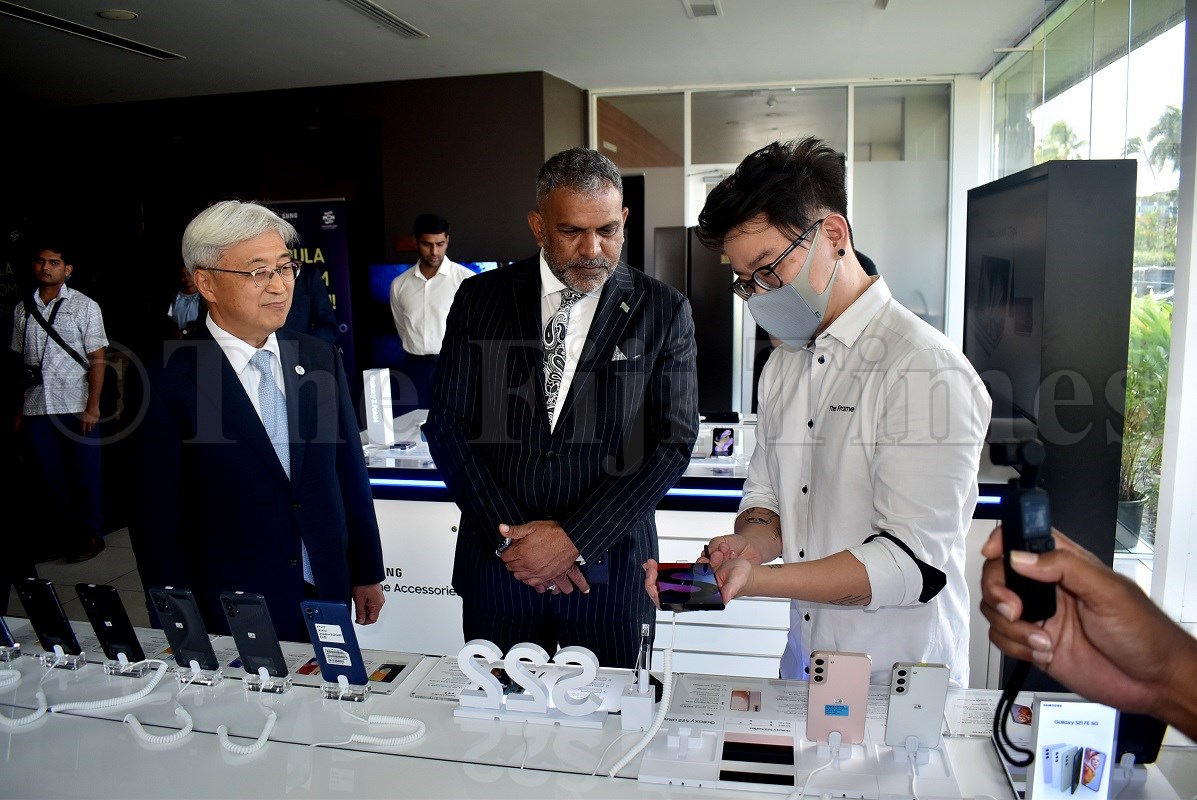The Fiji-Korea Cooperation on Renewable Energy Project Investment will be launching the Fiji Agrophotovoltaic Project aimed at overcoming barriers of financing, technical capacity, and limited availability of land.
Agrophotovoltaic is an innovative system which allows for solar power generation and agriculture to coexist on the same land, which otherwise would be in competition with one another.
The $35.57 million project was focused on making Ovalau island 90 per cent renewable energy efficient whereby 12 solar panels would be constructed over 17 hectares of agricultural land in Bureta with the farming of crops to take place under and between them.
Envelops Co Ltd CEO Sung Yoon said the project would use the land sharing concept and would help reduce heat damage to the crops by blocking access to the sunlight and reduce damages from drought by minimising solar moisture evaporation.
“Fiji is ambitiously targeting to convert the country to 100 per cent renewable energy generation and also carbon neutral country,” Mr Yoon explained.
He said the experience of cyclone Winston in 2016, which left the rural areas without electricity for a long period of time, made him realise that there are more vulnerable people in rural areas who desperately needed this type of project.
“So to mitigate this kind of issue we established our company, Envelopes Co Ltd, to develop renewable energy projects in rural areas of the developing country with a sustainable business model.
“Our first project in Ovalau was recognised by Green Climate Fund and KOICA and we got the project approved.”
Ovalau island is 100 per cent dependent on diesel and the project is aimed at reducing that dependency by 50 per cent.
It will also reduce the island’s greenhouse gas emissions and is expected to yield over 100,000kg of crops annually, improve food security and create additional sources of income for the community.
The ground-breaking ceremony was expected to be done by the end of this year and the completion of construction by the end of 2023.



